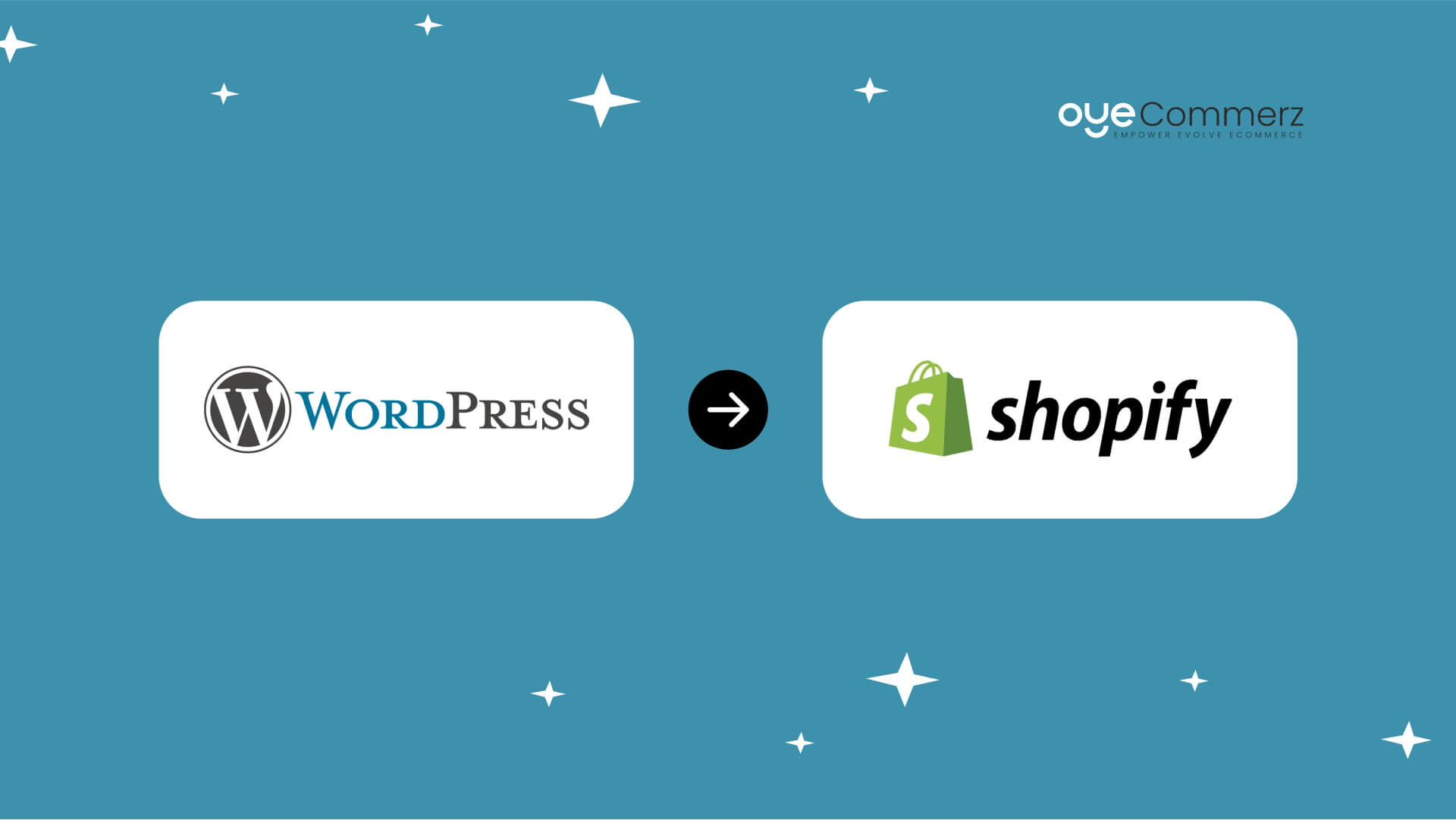Shifting from WP to Shopify is an promising step toward streamlining your e-commerce processes. As businesses expand, choosing a solution that supports scalability, UX, and customization becomes crucial. Shopify is widely recognized as a favorite for e-commerce professionals, offering superior flexibility, data protection, and ease of use. In this guide, we’ll explore the transformative impact of this migration, discuss the advantages, and provide actionable steps to ensure a seamless move.
1. Why Switch from WP to Shopify?
The combination of WordPress and WooCommerce, has served countless online stores. Nevertheless, as companies scale, issues like reliance on plugins, data risks, and complex setups can hinder growth. Shopify, designed explicitly for e-commerce, eliminates these issues with an all-in-one, user-friendly solution. Real data supports this transition—Shopify hosts over 4.4 million stores worldwide, with a reported 10% increase in sales performance for numerous merchants after migration.
2. Shopify's Perks for Thriving Online Stores
Shopify’s powerful platform is tailored for scaling brands. Its standout benefits are:
- Effortless Design Flexibility: Shopify offers over 80 professionally designed themes.
- Built-in Features: Features like Shopify Payments and built-in SEO streamline operations.
- Global Reach: Currency versatility and localization features empower brands to expand internationally.
Additionally, Shopify delivers an uptime rate of 99.98%, guaranteeing your store remains accessible.
3. Getting Ready for Your WP-to-Shopify Transition
Before migrating, assess your existing setup. Analyze product data, customer details, and SEO performance. Tools like Shopify’s Migration Kit or external tools can simplify this process. Develop a comprehensive plan, ensuring all resources—product descriptions, images, and articles—are optimized for transfer.
4. The Importance of Accurate Data Migration
Transferring your data is a cornerstone of a successful transition. When migrating from WP to Shopify, focus on:
- Inventory Details: SKU, item summaries, and categories.
- Customer Data: Emails, order history, and preferences.
- Search Engine Considerations: Retain meta tags, URLs, and forwarding paths to maintain search rankings.
Leverage apps like LitExtension to facilitate seamless migration while reducing mistakes.
5. Customizing Your Shopify Store
Post-migration, customizing your Shopify store ensures it aligns with your brand. Utilize Shopify’s drag-and-drop editor to design Reliable Shopify migration pages effortlessly. Shopify's themes are optimized for all devices, providing a seamless UX across platforms—a key point, since 74% of online shopping is generated by mobile visitors.
6. How to Protect Your SEO Rankings When Switching Platforms
Search engine optimization is crucial for preserving your online presence during migration. Shopify excels in SEO with organized link formatting, built-in optimization tools, and seamless blog integration. Ensure:
- Implement 301 redirects for old URLs.
- Optimize new pages with keyword-rich content.
- Use Shopify's apps Plug in SEO to track analytics after the switch.
7. Post-Migration Testing
Once the migration is complete, conduct thorough testing.
Check:- Page load times (Shopify delivers faster speeds in contrast with WP).
- Payment integration reliability and checkout processes.
- Mobile responsiveness.
Testing ensures your store provides a seamless shopping experience from the start.
8. Case Study of a Successful Migration
One such migration success story is Gymshark, a fitness apparel brand that moved to Shopify. After the switch, the company saw a 60% boost in mobile sales and significantly lowered site downtime. This highlights the capabilities of Shopify in enhancing online business success.
9. Overcoming Common Migration Issues
Migration is not without obstacles, such as data integrity and reconfiguring custom functionalities. However, Shopify’s robust support and external professionals simplify the process. Partnering with qualified Shopify developers ensures a smooth transition.
10. Starting Your Journey with Shopify
Switching from WordPress Shopify CMS migration to Shopify represents a strategic approach to e-commerce. By focusing on growth, simplifying management, and improving buyer satisfaction, Shopify empowers businesses to thrive in challenging industries.
Conclusion
Switching from WP to Shopify is a strategic move that can significantly boost your e-commerce success. With a well-structured strategy, the appropriate resources, and professional guidance, you can achieve new growth opportunities.
Ready to make the leap? Let’s discuss how our Shopify migration services can revolutionize your online store. Contact us now, or consider: Can your business afford to miss out on Shopify’s growth potential?

Comments on “Seamless WordPress to Shopify Migration: Your Definitive Guide to E-commerce Success”